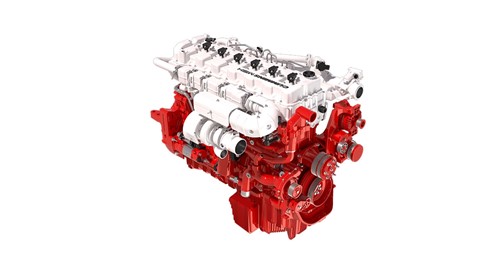News
Cummins, Versatile to collaborate on H2 engine
Cummins and Buhler Industries, a leading tractor manufacturer under the Versatile brand, announced that they have signed a letter of intent to partner on the integration of Cummins 15-liter H2 engines in Versatile’s equipment to lead the decarbonization of the agriculture market.

Significant investment will be required to deliver the next generation diesel and alternative powertrains that meet the demands of farmers. Collaboration and strategic partnerships will be essential to share the increased investment resources and win in the market.
“Versatile is a longstanding manufacturer in the agriculture space with a reputation for excellence in tractors,” said Ann Schmelzer, General Manager Cummins Global Ag Business. “Our companies share a commitment to technology, quality and dependability for our customers. Cummins is excited to be working with Versatile as we leverage our respective strengths to create new opportunities for both companies.”
Since 1967, Versatile has used Cummins engines exclusively in all four-wheel drive tractors. For decades, both Versatile and Cummins have been leaders in technology innovation and delivering reliable performance to farmers across the globe. Each company is uniquely positioned to build on their exceptional histories in agriculture as they step forward into new powertrain technologies.
“While diesel engines continue to be the flexible power of choice for the foreseeable future in agriculture, such a partnership enables both companies to develop low and zero carbon solutions that are ideally suited to farming,” said Adam Reid, Versatile’s Vice-President of Sales & Marketing.
“Cummins has recently announced its plan to leverage existing platforms and expertise in spark ignited technology to build hydrogen engines. The high commonality among engine components between diesel and hydrogen introduces scale advantages for OEMs, while delivering the reliability that farmers need,” said Schmelzer.
H2 combustion engines will provide a cost effective zero-carbon fueled solution for high load factor and high utilization applications. Key benefits of using this technology include enabling a more-timely solution to reduce carbon emissions without sacrificing productivity. It minimizes the impact on the machine design for manufacturers, allowing common parts and components across platforms to drive scale advantages, reducing costs. For the farmer, they have a solution that is dependable, as well as easy to service and maintain.

